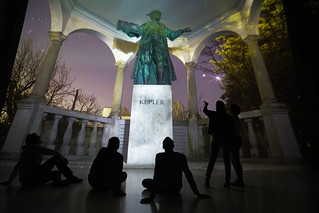Alter is a robot developed for the purpose of exploring what it means to be “life-like.” In contrast with the Otonaroid, Alter appears to be a machine that has been stripped bare. However, it expresses life-likeness through complex movements. These movements may look haphazard, but change constantly due to the underlying algorithm that mimics the logic of neural circuits of living things. A moment of “life-likeness” emerges as you observe closely—what is that moment like? Attempt to find your own answer to that question.
Alter does not move in ways that are determined beforehand; rather, the movements made by the entire body are created in real-time. Furthermore, your responses are perceived by sensors and reflected into the movements. Sensors that measure the distance between Alter and human beings observe the movements of the people around Alter, and send signals to the program. A central pattern generator (CPG) creates a basic rhythm that is cyclical, yet gradually deviates from the original pattern. A neural network of 1,000 nerve cells is recreated on the computer, and Alter “learns” life-like activities based on signals sent from the sensors. Based on computer signals that are rhythmic and changing, compressed air is sent through 42 joints to create smooth movements.
Alter was born through cooperation between a researcher of androids, which are robots that appear identical to human beings, and a researcher of artificial life, who attempts to recreate life on a computer. Both researchers ask the same question: “What is life?”—but the hypotheses on that are different.
Biografie:
Takashi Ikegami (JP)Takashi Ikegami (JP) is a professor at the University of Tokyo. He specializes in artificial life and complexity, and has been known to engage on the border between art and science.
Hiroshi Ishiguro (JP)Hiroshi Ishiguro (JP) received a D.Eng. in systems engineering from Osaka University, Japan in 1991. He is currently Professor at the Department of Systems Innovation in the Graduate School of Engineering Science, Osaka University, and Distinguished Professor of Osaka University. He is also visiting director (group leader: 2002-2013) of Hiroshi Ishiguro Laboratories at the Advanced Telecommunications Research Institute and an ATR fellow. His research interests include distributed sensor systems, interactive robotics, and android science.
Kohei Ogawa (JP)Kohei Ogawa (JP) is a robotics and Al researcher at Osaka University, where he has been an Associate Professor since 2017. He is working on a robotics and interaction study.
Itsuki Doi (JP)Itsuki Doi (JP) is a sound artist and a PhD candidate at the University of Tokyo, Graduate School of Art and Science, where he also received his Master Degree of Science in 2015.
Credits:
Supported by Osaka University and Tokyo University




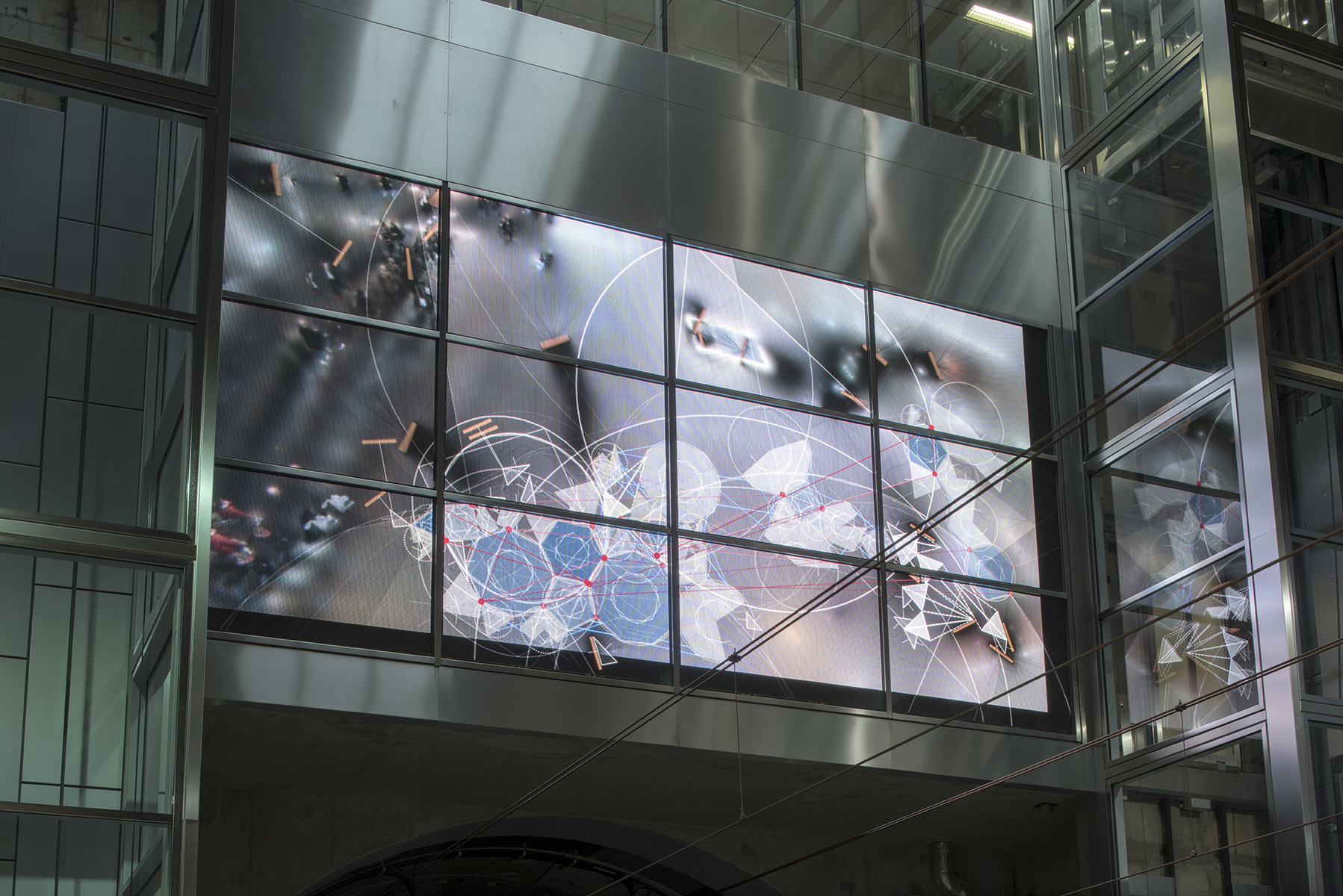
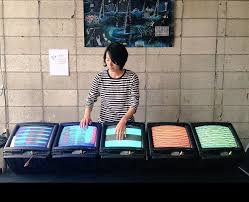
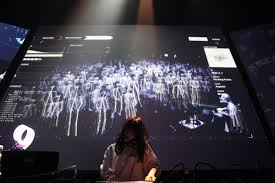
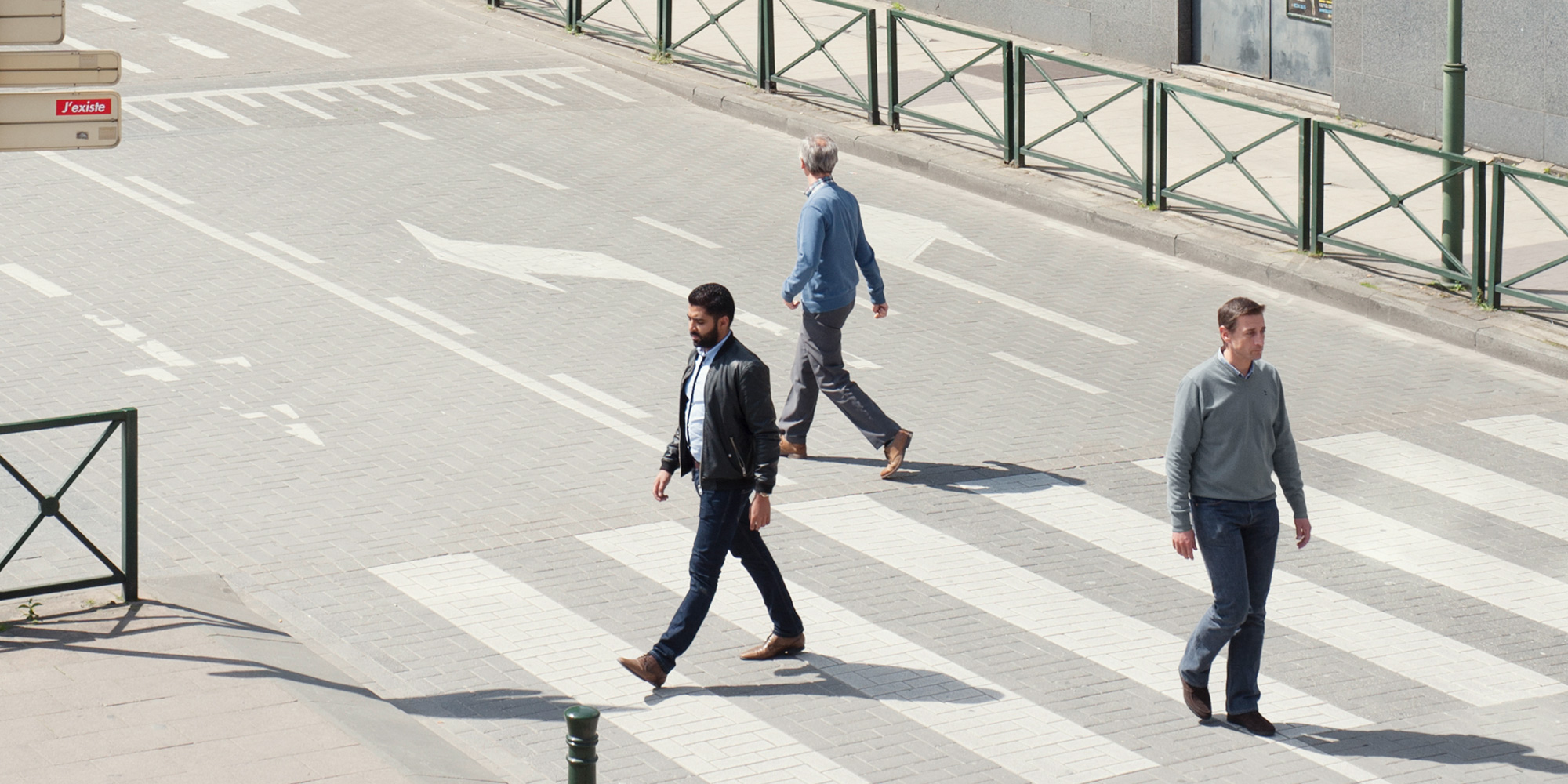
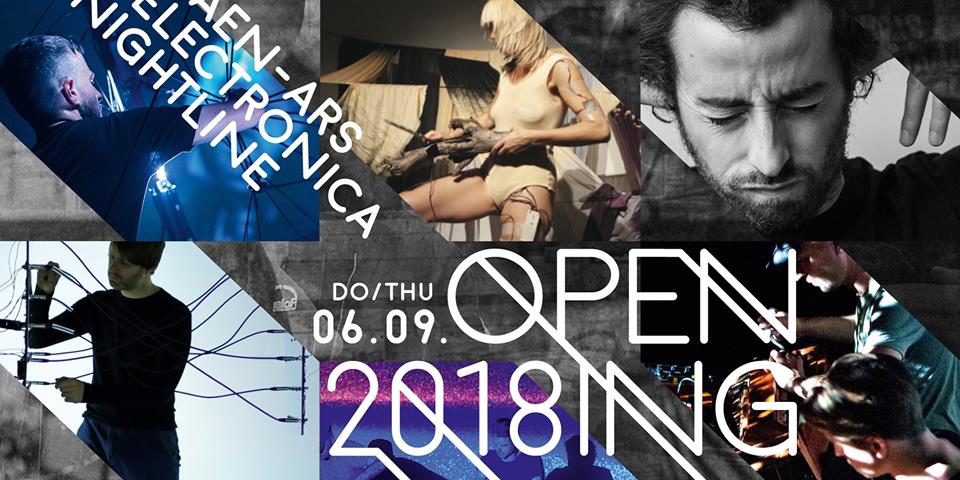
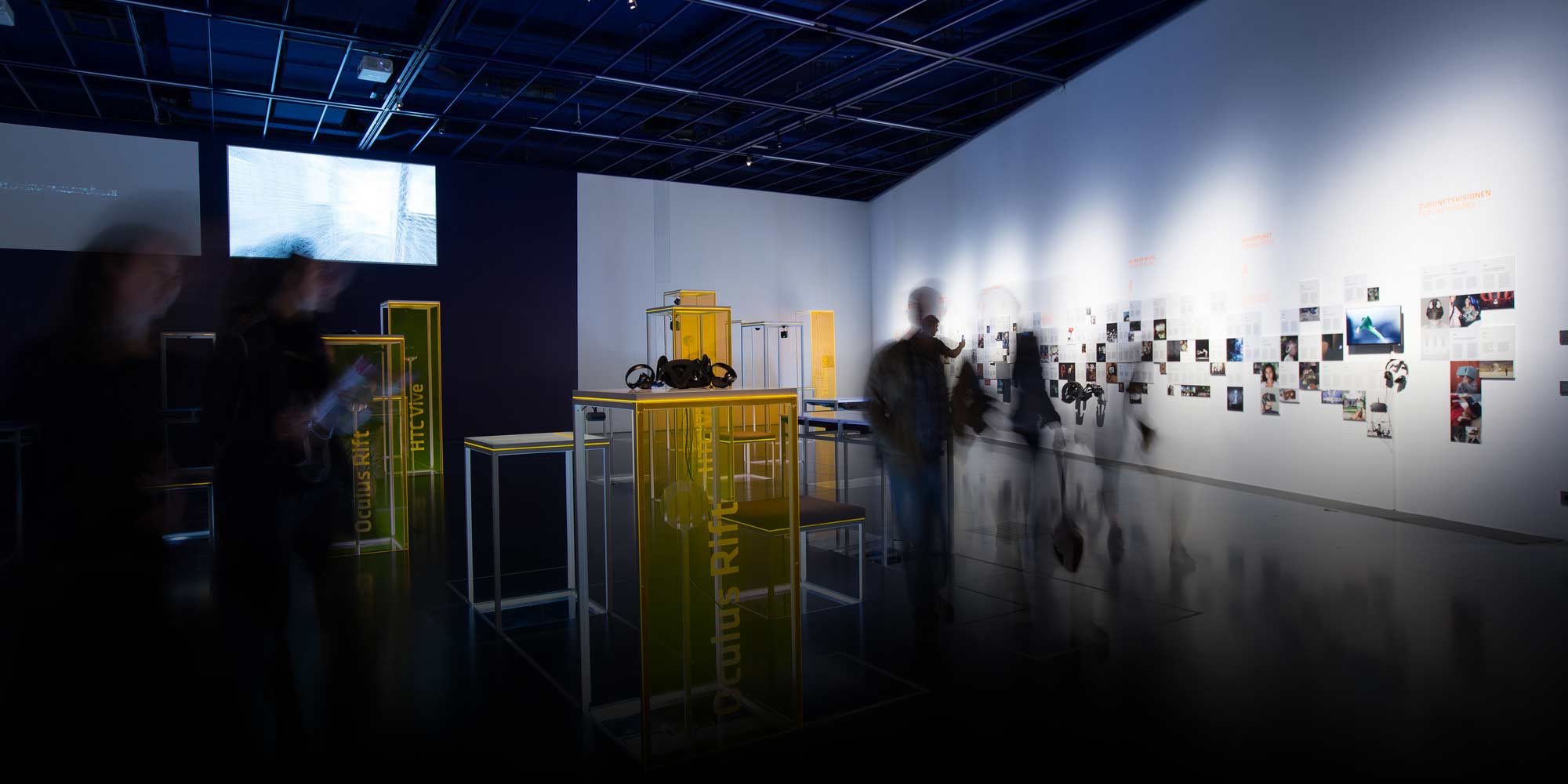












 Gerfried Stocker (AT) is a media artist and an electronic engineer. Since 1995 he has been a managing and an artistic director of Ars Electronica. 1995/1996 he developed the groundbreaking exhibition strategies of Ars Electronica Center with a small team of artists and technicians and was responsible for the set-up and establishment of Ars Electronica’s own R&D facility, Ars Electronica Futurelab. Since 2004 he has been in charge of developing Ars Electronica’s program of international exhibition tours. From 2005 on he planned the expansion of Ars Electronica Center and implemented the total substantive makeover of its exhibits. Stocker is a guest speaker at many international conferences and a Visiting Professor at Osaka University of Arts as well as guest lecturer at Deusto University Bilbao. He is also a consultant for many international companies on creativity and innovation management.
Gerfried Stocker (AT) is a media artist and an electronic engineer. Since 1995 he has been a managing and an artistic director of Ars Electronica. 1995/1996 he developed the groundbreaking exhibition strategies of Ars Electronica Center with a small team of artists and technicians and was responsible for the set-up and establishment of Ars Electronica’s own R&D facility, Ars Electronica Futurelab. Since 2004 he has been in charge of developing Ars Electronica’s program of international exhibition tours. From 2005 on he planned the expansion of Ars Electronica Center and implemented the total substantive makeover of its exhibits. Stocker is a guest speaker at many international conferences and a Visiting Professor at Osaka University of Arts as well as guest lecturer at Deusto University Bilbao. He is also a consultant for many international companies on creativity and innovation management. Since 1979, Christine Schöpf (AT) has been a driving force behind Ars Electronica’s development. Between 1987 and 2003, she played a key role in conceiving and organizing the Prix Ars Electronica. Since 1996, she and Gerfried Stocker have shared responsibility for the artistic direction of the Ars Electronica Festival. Christine Schöpf studied German & Romance languages and literature and then worked as a radio and TV journalist. From 1981 to 2008, she was in charge of cultural and scientific reporting at the ORF – Austrian Broadcasting Company’s Upper Austria Regional Studio. In 2009, Linz Art University bestowed the title of honorary professor on Christine Schöpf.
Since 1979, Christine Schöpf (AT) has been a driving force behind Ars Electronica’s development. Between 1987 and 2003, she played a key role in conceiving and organizing the Prix Ars Electronica. Since 1996, she and Gerfried Stocker have shared responsibility for the artistic direction of the Ars Electronica Festival. Christine Schöpf studied German & Romance languages and literature and then worked as a radio and TV journalist. From 1981 to 2008, she was in charge of cultural and scientific reporting at the ORF – Austrian Broadcasting Company’s Upper Austria Regional Studio. In 2009, Linz Art University bestowed the title of honorary professor on Christine Schöpf.
